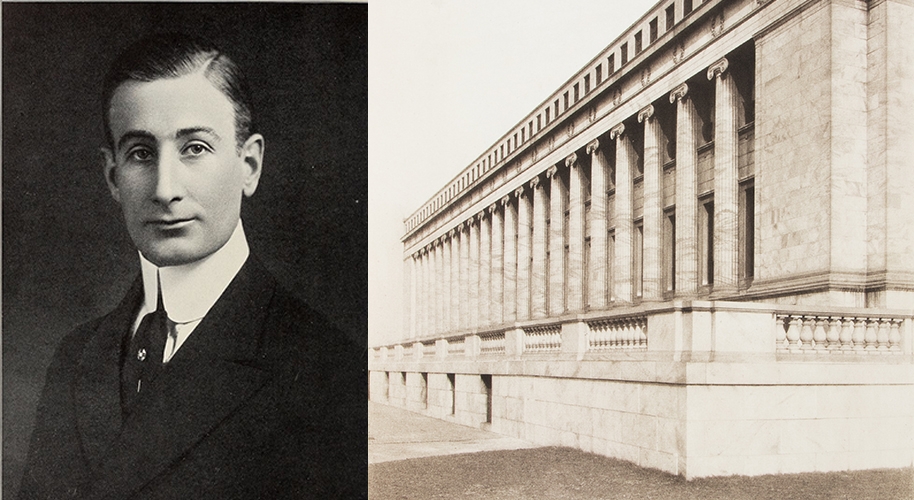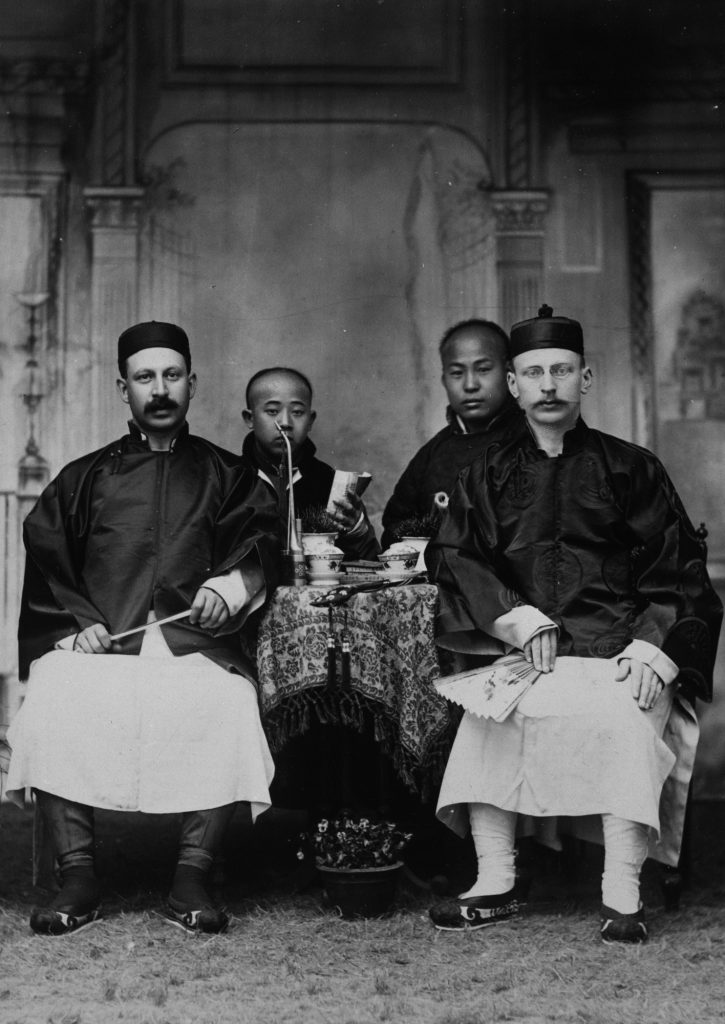The Stanley Field Early Ming Bowl
To be offered in our September 17 Asian Works of Art auction is an early Ming bowl that once belonged to Stanley Field (1875-1964), the renowned Chicago philanthropist, banker, civic leader and businessman. The Field family is responsible for developing the Field Museum of Natural History and its collection. Because of the Museum’s connection to curator Berthold Laufer, it can be suggested that the early Ming bowl was sourced by Laufer during the early 19th century on trips that delivered thousands of Chinese items to American clients.

Marshall Field (1836-1906), the founder of Marshall Field and Company, the largest wholesale and retail operation in the world during the latter half of the 19th century, was Stanley Field’s uncle. Stanley Field’s father Joseph (Marshall’s brother) was based in England and in charge of sourcing European merchandise for the family business. With a similar appetite for global endeavors, Field approved of numerous international expeditions, where the museum’s renowned anthropologists would travel to remote locations on every continent to gather archaeological and cultural relics. The anthropologist in charge of the China expeditions was the famed German geographer and sinologist Berthold Laufer (1874-1934).

The incoming Chinese items ranged from the Neolithic Period to the Late Qing Dynasty and included a vast grouping of jades, ceramics, porcelains, rhinoceros horn cups, snuff bottles, rubbings and puppets.
In addition to his work as the museum’s curator, Laufer made many influential contacts in the Chinese art field. His colleagues and friends were some of the most celebrated curators, collectors and dealers during that time, with prominent names such as A.W. Bahr, C. T. Loo, George Eurmorfopolous, Shigejiro Yamanaka, Langdon Warner, and Kate Sturges Buckingham. Laufer’s situation at the Field Museum also allowed him to serve on other institutional boards and to moonlight as an art agent.

During his final trip to China in 1923, Laufer was considered a major player in the Chinese art market. He wrote in his letters about his unfettered access to vast amounts of Chinese imperial objects – many of which were discretely sold directly to American clients. At the same time, Stanley Field began building up his own private collection of Chinese art, and it is quite possible that the present early Ming bowl was sourced by Laufer during this period.
Fluent in numerous East Asian languages including Chinese, Japanese, Tibetan and Mongolian, Laufer was the curator of Anthropology at the Field museum from 1908 until his sudden death in 1934. He led the museum’s Blackstone Exhibition in 1908 and the Captain Marshall Field Expedition in 1923. In total, these trips brought back over 19,000 Chinese objects for the museum.